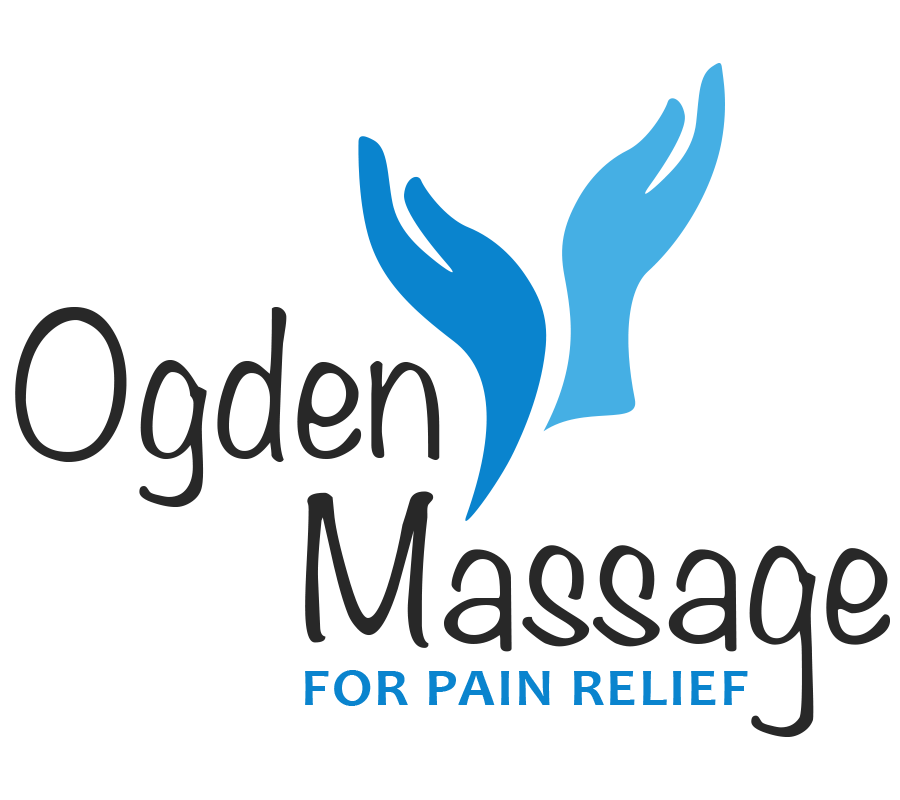Deep Tissue Massage
Targeted pain relief at the pressure you desire. Trigger points released. Goals achieved.
Benefits of Deep Tissue massage
• Soothing the nervous system (pain relief)
• Reducing cortisol and stimulating endorphin release (stress relief)
• Purging body of byproducts such as
• metabolites and lactic acid
• Increasing circulation of blood and lymph (boosts health of tissues and
• energy)
• Regulating blood
• pressure/blood sugar
• Breaking down excessive/scar tissue
• Increasing range of motion/decreasing tissue tension
Deep tissue is targeted work performed with specific results in mind
Although historians recognize the use of Deep Tissue massage in ancient times -particularly by Egyptians and Greeks- the Deep Tissue massages commonly offered today are largely derived from modern Classic (Swedish) Massage techniques. However, deep tissue massage is more than just a massage with deep pressure. The goals and techniques are different from a Swedish massage.
The biggest difference between Swedish and Deep Tissue Massage is the attention given to the specific individual layers of tissue and the application of strokes.
Is this modality right for me?
Clients seeking targeted work with specific results in mind (e.g. recovering from an injury or surgery, chronic pain, relieving “knots”, improving range of motion) will likely prefer Deep Tissue massage. “Deep tissue massage is best for giving attention to certain painful, stiff "trouble spots" in your body. The massage therapist uses slow, deliberate strokes that focus pressure on layers of muscles, tendons, or other tissues deep under your skin.”
Many people steer away from Deep Tissue work because they feel “deep” means “painful”, but the International Association of Pfrimmer Deep Muscle Therapy addresses this fear with a therapeutic mindset. “Most people say that ‘it hurts good.’ In other words, if you have a problem area, it will hurt to some degree to have it worked on, but it feels ‘right’ to have the problem addressed. Also, ‘deep’ doesn't necessarily mean ‘hard.’ With the proper technique, muscles deep in your body can be reached with a minimum of pressure.”
What's it like?
DeepTissue Massage combines Swedish Massage strokes, aspects of hydrotherapy, and a slightly advanced understanding of the body to manually address specific tissues of the body. The session begins with the therapist communicating with the client to determine goals for the treatment and the symptoms they want to be addressed.
Afterward, the therapist will leave the room to allow some privacy. Most massage and bodywork techniques are traditionally performed with the client unclothed and comfortably secure under a drape. Therapists are trained to use modest draping methods and only uncover parts of the body that are immediately receiving work. Therapists will use oil (or sometimes a lotion or cream) and communicate with the client as needed to provide appropriate pressure without undue pain or friction.
Depending on the length of a session, a client can typically expect to receive a little work in all major areas of the body with some extra focus on a specific area of choice
Some clients even prefer to spend the duration of their session in only a few choice areas. With Deep Tissue, it is important to note that your therapist will use gentler strokes in the beginning of the session and gradually build to greater pressure.
Starting off too deeply too quickly can damage the tissue, however be open with your therapist if you think you need more (or less) pressure. The strokes delivered are typically much slower, which allows for firmer pressure and deeper invasion of the tissue without causing pain. A common misconception of massage is that the more pressure a person can endure, the more relief they will receive. The truth is that it is more important for the body to be able to relax than to take as much pressure as possible. If you find that you cannot comfortably and easily let go of your muscles and take a full deep breath at any point in the massage, it is likely that your body is resisting the work of the therapist and thereby resisting release. Some scenarios warrant deeper pressure, however it should never be at the expense of the comfort for the client.
Deep Tissue massage is used to address conditions such as:
• Chronic back and neck pain
• Chronic headaches/migraines
• Trigger points and adhesions or “knots”
• Arthritis/osteoarthritis
• Fasciitis
• Carpal tunnel syndrome
• Piriformis syndrome/sciatica
• Brachial plexus entrapment/frozen
• shoulder, Knee/Feet pain
• TMJD
• Sports or surgery
• recovery/rehab
-Joél A. León
